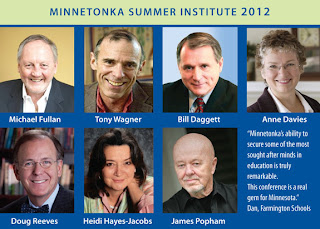In the 1989-90 school year Roger Dodd, the Senior High Principal, and myself attended an AP workshop at CESA 9 in Tomahawk , WI. The presenter was Jim Bokern, a Marshfield, WI AP teacher who has subsequently become a good friend. Both Dr. Dodd and I were sold on the concept of challenging our students with rigorous course work that would prepare them for college. Since the 1990-91 school-year the D. C. Everest social studies AP program has grown from one section of AP U.S. History to multiple sections of seven different AP social studies and history courses that include: AP Human Geography, AP U.S. History, AP European History, AP World History, AP American Government, AP Economics, and AP Psychology. Within social studies alone, we have grown from 23 students in 1991 to approximately 300 students taking one or more exams in 2012.
Steady growth over the past decade greatly improved our student’s chances of success in college. Students in 2012 at DCE took 341 social studies/history exams and 262 passed with a 3, 4, or 5 score. That is a passing rate of 77%. This passing rate is up from 55% in 2003 and 70% in 2008. This compares with a national passing rate of 55% and a state passing rate of 65%. Even though students who scored a “2” don’t get college credit, there is still a benefit for them in taking the test because they experienced a rigorous class and learn what a college exam will be like.
In 2011-12 D.C. Everest Social Studies Department began a pilot program to bring AP offerings to 9th graders at the Junior High. Twenty-five 9th graders were selected to take AP Human Geography. The pilot was a complete success as all 25 students passed with 3’s or better with eleven students scoring 5’s! At the Senior High AP World History was added for the first time as an elective. This new class offering was also highly successful as 23 of 25 students passed the exam (93%!).
In 2011-12, The D.C. Everest School District was designated an AP Honor School for expanding opportunity for students and improving performance on AP scores for the second year in a row. AP growth will continue in 2012-13 as the department will be bringing back AP Economics, and has expanded AP American Government to two sections and AP Psychology to four sect


































